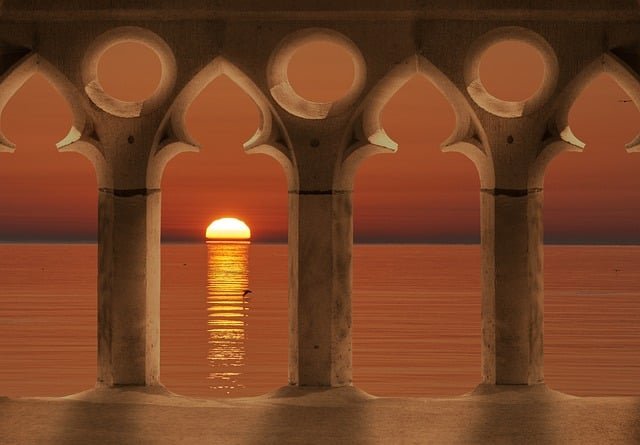Choosing the right wine storage is crucial for any enthusiast or collector. This article delves into the critical factors of temperature control and capacity, explaining how these elements work together to preserve your wine’s integrity and value, ensuring every bottle is served at its absolute best.
The Critical Role of Precise Temperature Control
Wine is a delicate living entity, and its greatest enemy is temperature fluctuation. Consistent, precise cooling is non-negotiable for preservation. Heat accelerates aging, causing wine to mature prematurely and lose its intended character, while extreme cold can dull flavors and aromas. The ideal storage temperature for long-term aging is consistently between 55°F and 57°F (12.8°C and 13.9°C), a standard upheld by professional wine cellars worldwide. For serving, different wines require specific temperatures; for instance, a robust red is best at 60-65°F (15-18°C), while a crisp white shines at 45-50°F (7-10°C). This is where a dual zone wine cooler becomes indispensable, allowing you to maintain two separate climates within a single unit. Investing in a quality cooler with accurate thermoelectric or compressor-based technology protects your investment and guarantees each bottle is enjoyed as the winemaker intended.
Selecting the Ideal Capacity for Your Collection
Beyond temperature, the physical capacity of your storage solution must align with the size and growth trajectory of your collection. Capacity is not just about the number of bottles a unit can hold; it’s about accommodating different bottle sizes—from standard Bordeaux to large-format magnums—and providing organized access. A common mistake is purchasing a unit that is too small, leading to overcrowding or the need for a costly upgrade sooner than anticipated. Assess your buying habits: are you a casual drinker who keeps a few bottles on hand, or an avid collector? For those building a serious collection, a spacious unit like the freestanding wine coolers offering 150+ bottles provides room for expansion and proper organization. Furthermore, consider the layout; sturdy wooden shelves that slide smoothly prevent vibration and make selecting a specific bottle effortless, preserving the sediment in older vintages. The right built in wine coolers seamlessly integrates into your kitchen or bar, combining high capacity with aesthetic appeal.
In summary, achieving perfect wine preservation hinges on two pillars: unwavering temperature control and a wisely chosen capacity. By investing in a quality cooling system that offers dual-zone flexibility and ample, organized space, you actively protect and enhance your wine collection. This ensures every bottle, from a daily drinker to a treasured vintage, reaches its full potential and provides maximum enjoyment.
